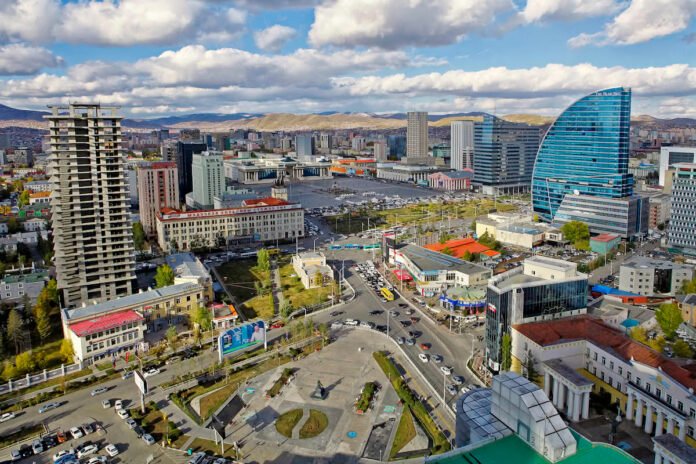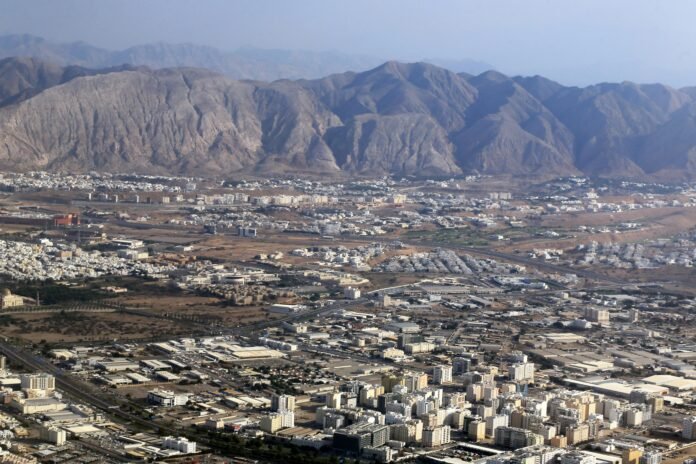South Korea’s health insurance system blends a universal public scheme with broad private options. The National Health Insurance Service (NHIS) ensures nearly all residents have healthcare access. Private insurers complement this by covering gaps and providing tailored services.
Key Differences
1. Coverage and Role:
NHIS is a compulsory, single-payer system offering universal health coverage to over 97% of citizens and registered foreigners. It includes basic medical services like outpatient care, hospital stays, surgeries, prescriptions, and preventive care. Private insurance, on the other hand, is optional and mainly supplements NHIS by covering services not fully included in the public package, such as dental care, vision, alternative medicine, and premium treatments.
2. Funding and Cost:
Public insurance is financed by payroll contributions split between employers and employees, plus government support. Patients cover some costs via copayments. In contrast, private health insurance is funded directly by individuals, with premiums differing according to age, health, and coverage choices.
3. Accessibility and Customization:
NHIS provides uniform benefits, promoting fairness but limiting personalization. Private insurers like Samsung Life, Hanwha Life, and Kyobo Life offer flexible plans, including lifetime and term options, appealing to those desiring additional protection or quicker specialized care access.
4. Target Audience:
NHIS is universal, but middle- to upper-income families prefer private insurance. Companies like Bupa Global, Cigna, and Allianz Care cater to expats with worldwide networks and English support.
Key Similarities
1. Goal of Financial Protection:
Both systems strive to ease healthcare costs. NHIS provides basic coverage for everyone, while private insurance minimizes personal expenses for procedures not fully covered.
2. Coexistence and Integration:
In Korea, public and private insurers work together, not against each other. Many people have private insurance in addition to their NHIS coverage, mainly to cover serious illnesses or long-term care.
3. Growing Importance in Modern Healthcare:
Both systems have adapted to tackle increasing medical costs and an aging population. Demand for personalized private plans is growing, even as NHIS expands its services and digital health tools.
Top Public Health Insurance Providers in South Korea
South Korea runs a single-payer, universal healthcare system through the National Health Insurance Service (NHIS), its sole public health insurance provider. Unlike countries with multiple insurers, South Korea centralizes healthcare under NHIS. Within NHIS, there are different programs targeting specific groups, like low-income individuals or those with special healthcare needs. This centralized system is considered the “Top 1” due to its unified structure.
1. National Health Insurance Service (NHIS)(Official website: http://www.nhis.or.kr/english/index.do)
- Type: Public, Single-Payer
- Open for: All South Korean citizens and registered foreign residents (including international students, expatriates, and long-term visa holders)
Cost Structure
NHIS is financed by payroll contributions, government support, and patient copayments. Monthly premiums range from KRW 120,000 to 150,000 (USD $90–$115) per person, varying by income and household size. Self-employed individuals pay based on income, property, and financial status. Low-income earners might receive reduced premiums or government aid through the Medical Aid Program.
Available Services / Coverage Features
NHIS offers an extensive, standardized benefits package that includes:
- Outpatient and inpatient care
- Emergency services
- Surgery and intensive care
- Diagnostic and laboratory tests
- Prescription medications
- Maternity care and childbirth
- Preventive services (vaccinations, cancer screenings)
- Mental health services
- Rehabilitation and home care
- Partial dental and vision care
While coverage is broad, some services—such as cosmetic procedures, advanced dental care, and alternative treatments—may not be fully included and often require supplemental private insurance.
Core Financial Features
- Copayments: Patients generally pay 20–60% of the medical service cost depending on the type of care (e.g., outpatient, hospitalization, pharmacy).
- Annual Out-of-Pocket Ceiling: NHIS imposes a cap on out-of-pocket expenses to protect against catastrophic healthcare costs.
- No risk-based pricing: Premiums are income-based rather than health status-based, promoting equity across the population.
- Subsidized groups: Vulnerable populations, such as the elderly, disabled, and low-income households, receive subsidies or full coverage through the Medical Aid Program (part of NHIS framework).
Consumer Satisfaction Score
NHIS consistently receives high consumer feedback for its affordability, accessibility, and efficiency. Surveys by the Korea Institute for Health and Social Affairs and OECD health data confirm this:
- Overall satisfaction score: 84 out of 100
- Ease of access: 87
- Cost-effectiveness: 82
- Trust in system: 85
These ratings reflect a public perception of NHIS as a reliable and efficient health insurance provider that ensures equitable care.
Top 5 Private Health Insurance Providers in South Korea
In South Korea, private health insurance complements the public National Health Insurance Service (NHIS). Although NHIS offers broad basic coverage, over 60% of South Koreans choose private insurance to lower personal expenses and gain extra services like dental, vision, alternative treatments, and private room hospitalization. Here are the top five private health insurance companies in Korea, assessed by cost, coverage, accessibility, financial stability, and customer satisfaction.
1. Samsung Life Insurance(Official website: https://www.samsunglife.com)
- Open for: All citizens and foreign residents
- Cost: Varies by plan and age; average monthly premium ranges from KRW 50,000–200,000 (USD $38–$150)
- Coverage Features:
- Inpatient and outpatient services
- Cancer and critical illness plans
- Private room hospitalization
- Specialized surgery and intensive care coverage
- Optional riders for dental, vision, and accident protection
- Inpatient and outpatient services
- Core Financial Features:
- Offers both term-based and lifetime coverage
- Flexible premium payment options
- Lump-sum or reimbursement claim models
- Offers both term-based and lifetime coverage
- Consumer Satisfaction Score: 86/100
- Known for prompt claims processing and high customer trust
- Ranked #1 in brand competitiveness in Korea
- Known for prompt claims processing and high customer trust
2. Hanwha Life Insurance(Official website: https://www.hanwhalife.com)
- Open for: Korean citizens and long-term foreign residents
- Cost: Typically KRW 40,000–150,000/month depending on age, health status, and plan type
- Coverage Features:
- Customizable health and life coverage packages
- Cancer, stroke, and chronic disease-focused plans
- Wellness programs and preventive care options
- Customizable health and life coverage packages
- Core Financial Features:
- Health savings plans available
- Cash benefits on hospitalization or diagnosis
- Premium waivers in case of critical illness
- Health savings plans available
- Consumer Satisfaction Score: 82/100
- Strong reputation for long-term financial stability and clear policy terms
3. Kyobo Life Insurance(Official website: https://www.kyobo.co.kr)
- Open for: Korean citizens and eligible foreigners
- Cost: KRW 60,000–180,000/month
- Coverage Features:
- Comprehensive hospitalization, surgery, and disease-specific coverage
- Highly customizable plans with modular add-ons
- Specialized maternity and family health plans
- Comprehensive hospitalization, surgery, and disease-specific coverage
- Core Financial Features:
- Tax incentives on premium payments
- Loyalty benefits for long-term policyholders
- Lump-sum payouts on major diagnoses
- Tax incentives on premium payments
- Consumer Satisfaction Score: 84/100
- Praised for transparency, mobile app services, and plan flexibility
4. Mirae Asset Life Insurance(Official website: https://www.miraeassetlife.com)
- Open for: Korean nationals and resident foreigners
- Cost: Premiums generally range from KRW 45,000–160,000/month
- Coverage Features:
- Health and life combo plans
- Cancer protection, mental health support
- Coverage for expensive treatments and new technologies
- Health and life combo plans
- Core Financial Features:
- Return-on-premium options available
- Flexible deductibles and copayment schemes
- High coverage caps for major illnesses
- Return-on-premium options available
- Consumer Satisfaction Score: 81/100
- Noted for digital accessibility and innovative plan offerings
5. NongHyup Life Insurance (NH Life)(Official website: https://www.nhlife.co.kr)
- Open for: Citizens and agricultural/rural populations, though urban residents can also enroll
- Cost: Affordable pricing, usually between KRW 30,000–100,000/month
- Coverage Features:
- Strong rural outreach with personalized agent support
- Cancer, accident, and elder care plans
- Simple claims process and family-inclusive policies
- Strong rural outreach with personalized agent support
- Core Financial Features:
- Affordable with no-frills options
- Focus on essential protection and rapid reimbursement
- Options for income protection during illness
- Affordable with no-frills options
- Consumer Satisfaction Score: 80/100
Appreciated for its local support network and simplicity
READ MORE: Private and public health insurance of Mongolia (Make informed choices)


